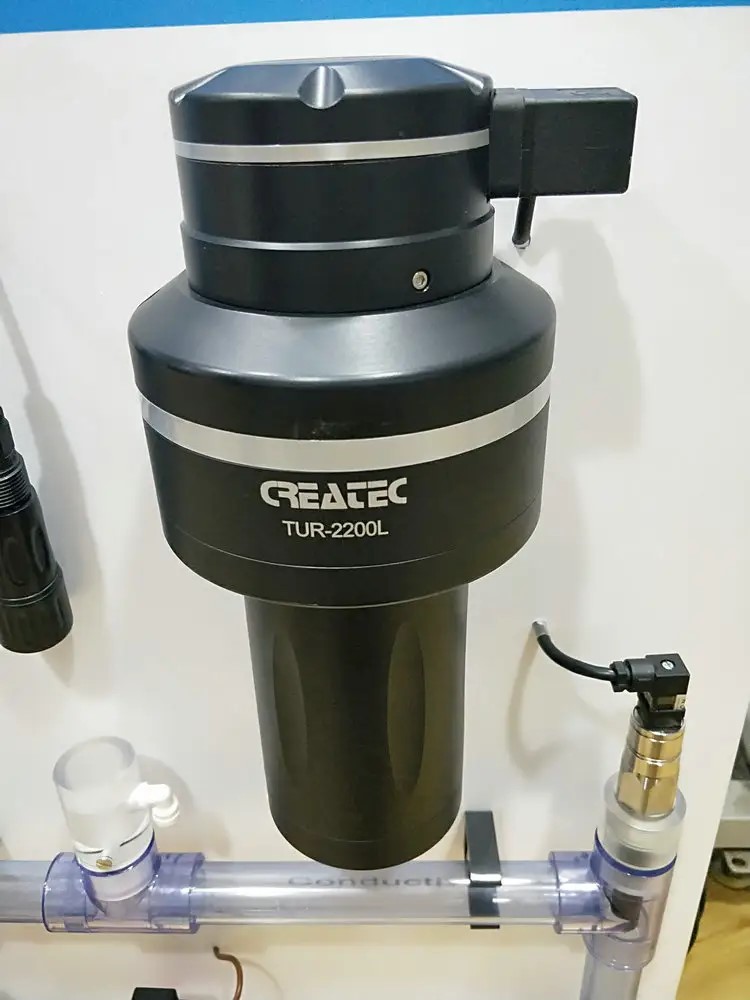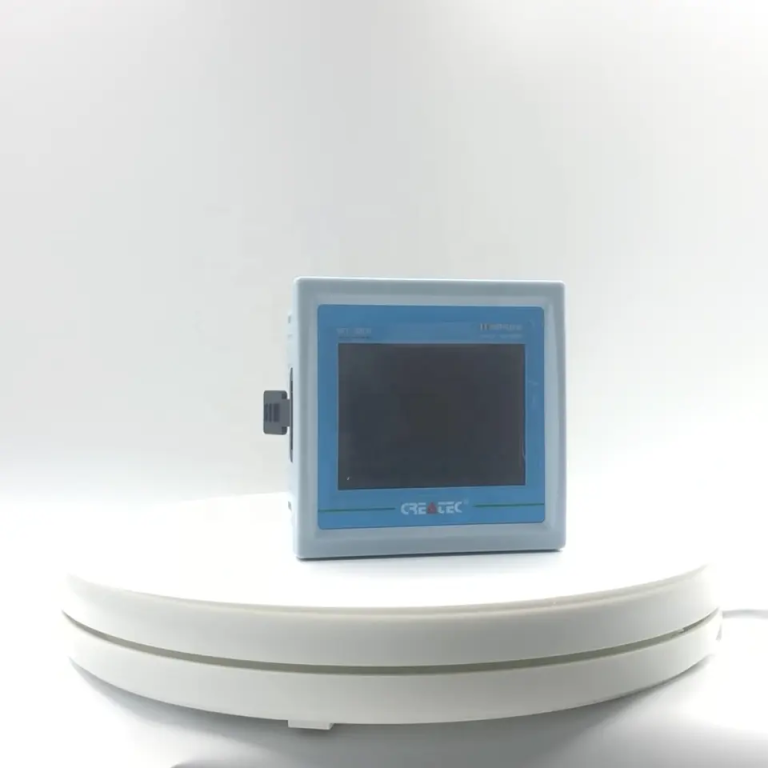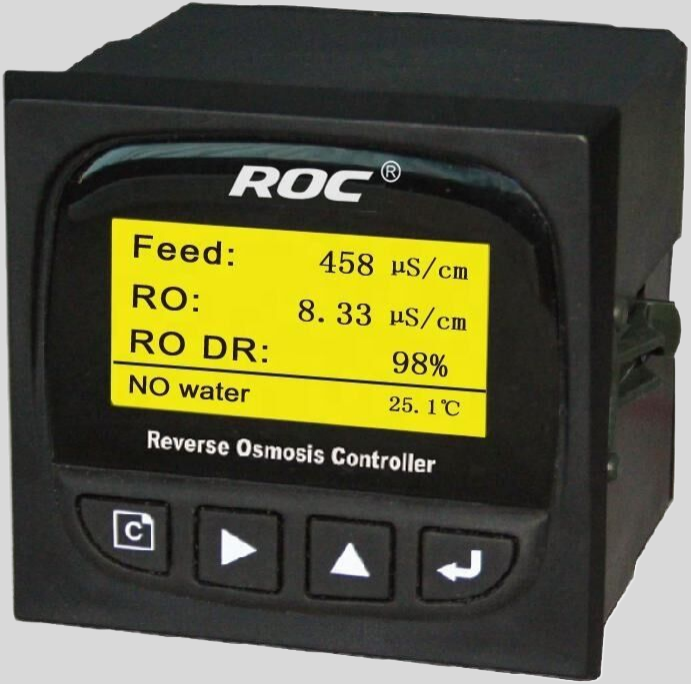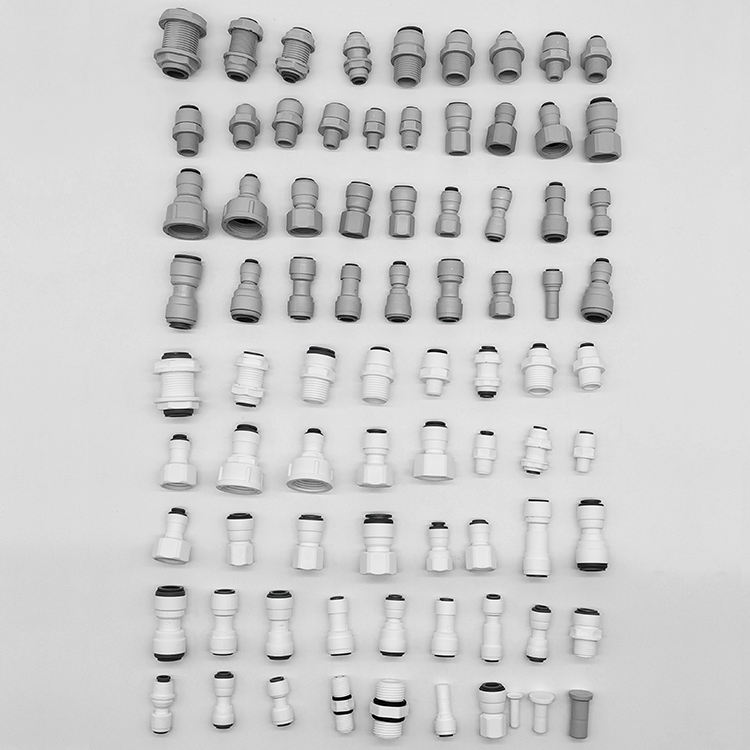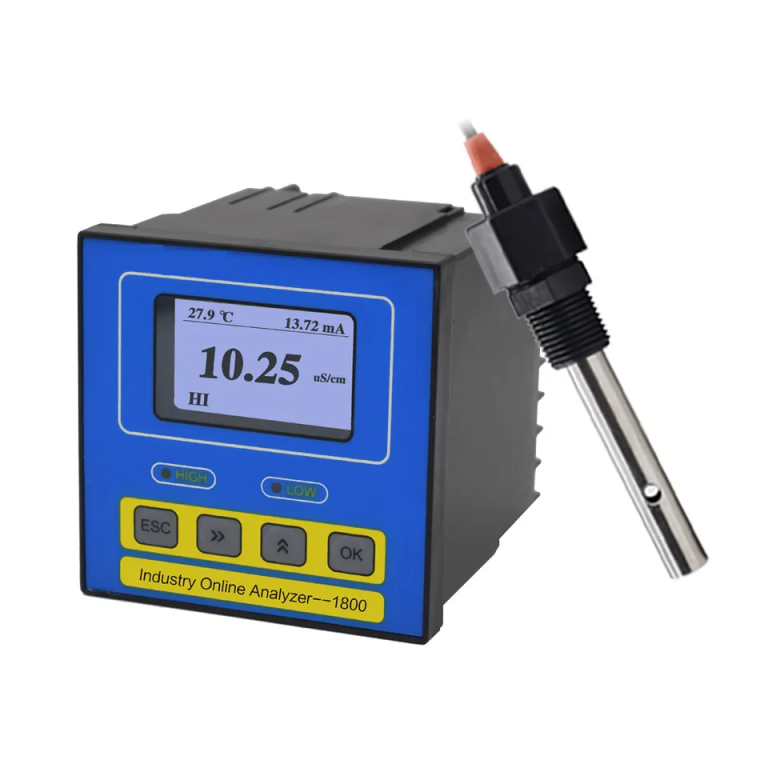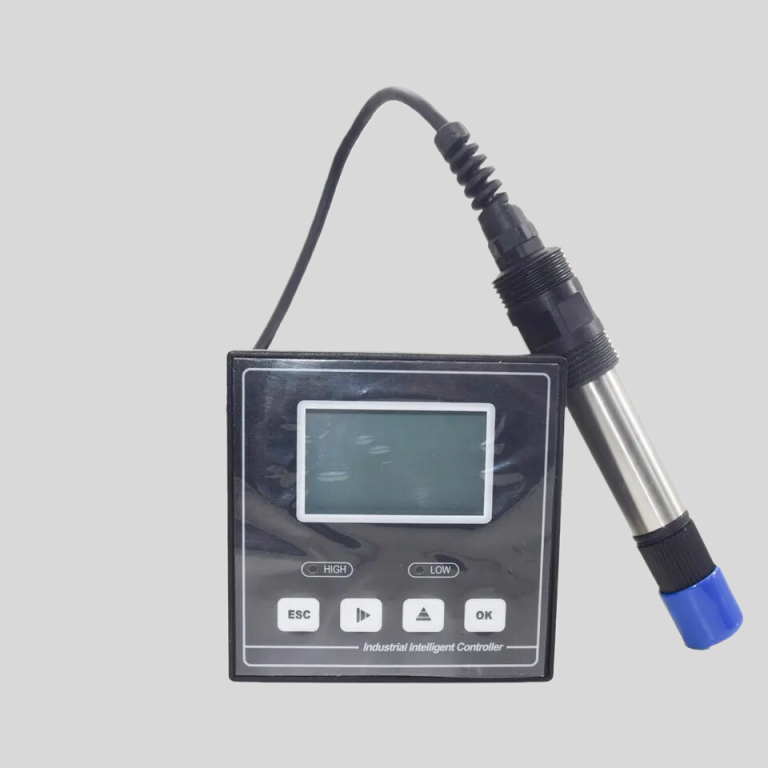Table of Contents
Benefits of Using Flow Sensors in Industrial Applications
Flow sensors are devices used to measure the flow rate of a liquid or gas passing through a system. They are essential components in various industrial applications where precise monitoring and control of flow rates are necessary. In this article, we will explore the benefits of using flow sensors in industrial settings.
One of the primary advantages of using flow sensors is their ability to provide accurate and real-time data on flow rates. This information is crucial for ensuring that processes run smoothly and efficiently. By monitoring flow rates, operators can detect any abnormalities or deviations from the desired flow rate, allowing them to take corrective action promptly.
Flow sensors also play a vital role in maintaining the quality of products in industrial processes. By accurately measuring flow rates, manufacturers can ensure that the right amount of raw materials is being used in production. This helps to prevent wastage and ensures that products meet quality standards consistently.
In addition to improving product quality, flow sensors can also help to reduce operational costs in industrial settings. By monitoring flow rates and optimizing processes, manufacturers can identify areas where energy or resources are being wasted. This allows them to make adjustments to improve efficiency and reduce costs.
Another benefit of using flow sensors is their ability to enhance safety in industrial environments. By monitoring flow rates, operators can detect any leaks or blockages in the system that could pose a safety hazard. This early detection can help prevent accidents and ensure the well-being of workers.
Furthermore, flow sensors can help to extend the lifespan of equipment in industrial settings. By monitoring flow rates and detecting any issues early on, operators can take preventive maintenance measures to avoid costly breakdowns or repairs. This proactive approach to maintenance can help to prolong the life of equipment and reduce downtime.
Flow sensors are also essential for compliance with regulatory requirements in many industries. By accurately measuring flow rates and documenting this data, manufacturers can demonstrate that they are operating within the specified limits set by regulatory bodies. This can help to avoid fines or penalties for non-compliance.
Overall, the benefits of using flow sensors in industrial applications are numerous. From improving product quality and reducing operational costs to enhancing safety and ensuring regulatory compliance, flow sensors play a crucial role in optimizing processes and maximizing efficiency. By investing in high-quality flow sensors and integrating them into industrial systems, manufacturers can reap the rewards of improved performance and profitability.
How Flow Sensors Work and Their Importance in Various Industries
Flow sensors are devices used to measure the flow rate of a liquid or gas passing through a system. They play a crucial role in various industries, including automotive, pharmaceutical, and food and beverage. Understanding how flow sensors work and their importance in these industries is essential for ensuring efficient and accurate processes.
| Product name | PH/ORP-6900 pH/ORP transmitter controller | ||
| Measurement parameter | Measurement Range | Resolution ratio | Accuracy |
| pH | 0.00~14.00 | 0.01 | ±0.1 |
| ORP | (-1999~+1999)mV | 1mV | ±5mV(electric meter) |
| Temperature | (0.0~100.0)℃ | 0.1℃ | ±0.5℃ |
| Temperature range of Tested solution | (0.0~100.0)℃ | ||
| Temperature component | Pt1000 thermal element | ||
| (4~20)mA Current output | Channel No. | 2 Channels | |
| Technical characteristics | Isolated, fully adjustable, reverse, configurable, instrument / transmitting dual mode | ||
| Loop resistance | 400Ω(Max),DC 24V | ||
| Transmission accuracy | ±0.1mA | ||
| Control contact1 | Channel No | 2 Channels | |
| Electric contact | Semiconductor photoelectric switch | ||
| Programmable | Each channel can be programmed and point to (temperature, pH/ORP, time) | ||
| Technical characteristics | Presetting of normally open / normally closed state / pulse /PID regulation | ||
| Load capacity | 50mA(Max)AC/DC 30V | ||
| Control contact2 | Channel No. | 1 Channel | |
| Electric contact | Relay | ||
| Programmable | Each channel can be programmed and point to (temperature, pH/ORP) | ||
| Technical characteristics | Presetting of normally open / normally closed state / pulse /PID regulation | ||
| Load capacity | 3AAC277V / 3A DC30V | ||
| Data communication | RS485, MODBUS standard protocol | ||
| Working power supply | AC220V±10% | ||
| Overall power consumption | <9W | ||
| Working environment | Temperature: (0~50) ℃ Relative humidity: ≤ 85% (non condensing) | ||
| Storage environment | Temperature: (-20~60) C Relative humidity: ≤ 85% (non condensing) | ||
| Protection level | IP65 | ||
| Shape size | 220mm×165mm×60mm (H×W×D) | ||
| Fixed mode | Wall hanging type | ||
| EMC | Level 3 | ||
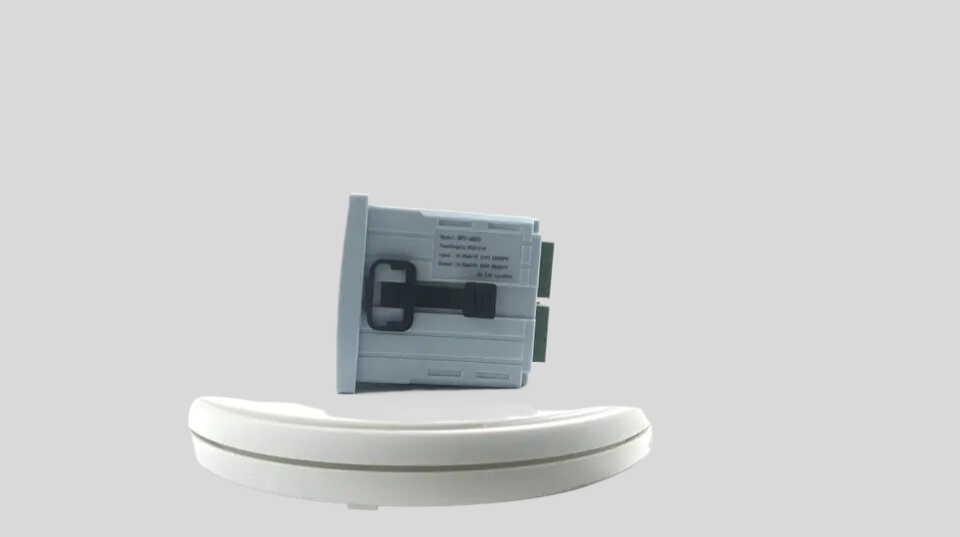
Flow sensors operate based on different principles, depending on the type of sensor and the application. One common type of flow sensor is the thermal flow sensor, which measures the flow rate by detecting changes in temperature caused by the flow of a fluid. Another type is the differential pressure flow sensor, which measures the pressure drop across a restriction in the flow path to determine the flow rate.
| Product name | PH/ORP-6900 pH/ORP transmitter controller | ||
| Measurement parameter | Measurement Range | Resolution ratio | Accuracy |
| pH | 0.00~14.00 | 0.01 | ±0.1 |
| ORP | (-1999~+1999)mV | 1mV | ±5mV(electric meter) |
| Temperature | (0.0~100.0)℃ | 0.1℃ | ±0.5℃ |
| Temperature range of Tested solution | (0.0~100.0)℃ | ||
| Temperature component | Pt1000 thermal element | ||
| (4~20)mA Current output | Channel No. | 2 Channels | |
| Technical characteristics | Isolated, fully adjustable, reverse, configurable, instrument / transmitting dual mode | ||
| Loop resistance | 400Ω(Max),DC 24V | ||
| Transmission accuracy | ±0.1mA | ||
| Control contact1 | Channel No | 2 Channels | |
| Electric contact | Semiconductor photoelectric switch | ||
| Programmable | Each channel can be programmed and point to (temperature, pH/ORP, time) | ||
| Technical characteristics | Presetting of normally open / normally closed state / pulse /PID regulation | ||
| Load capacity | 50mA(Max)AC/DC 30V | ||
| Control contact2 | Channel No. | 1 Channel | |
| Electric contact | Relay | ||
| Programmable | Each channel can be programmed and point to (temperature, pH/ORP) | ||
| Technical characteristics | Presetting of normally open / normally closed state / pulse /PID regulation | ||
| Load capacity | 3AAC277V / 3A DC30V | ||
| Data communication | RS485, MODBUS standard protocol | ||
| Working power supply | AC220V±10% | ||
| Overall power consumption | <9W | ||
| Working environment | Temperature: (0~50) ℃ Relative humidity: ≤ 85% (non condensing) | ||
| Storage environment | Temperature: (-20~60) C Relative humidity: ≤ 85% (non condensing) | ||
| Protection level | IP65 | ||
| Shape size | 220mm×165mm×60mm (H×W×D) | ||
| Fixed mode | Wall hanging type | ||
| EMC | Level 3 | ||
Ultrasonic flow sensors use sound waves to measure the flow rate of a fluid, while magnetic flow sensors rely on the principle of electromagnetic induction to measure the flow rate of conductive liquids. Each type of flow sensor has its advantages and limitations, making it important to choose the right sensor for a specific application.
In the automotive industry, flow sensors are used in fuel injection systems to ensure the proper amount of fuel is delivered to the engine. By accurately measuring the flow rate of fuel, flow sensors help improve fuel efficiency and reduce emissions. In the pharmaceutical industry, flow sensors are used in drug manufacturing processes to monitor the flow of liquids and gases, ensuring precise dosing and quality control.
In the food and beverage industry, flow sensors are used in bottling plants to monitor the flow of liquids such as water, juice, and soda. By accurately measuring the flow rate, flow sensors help ensure consistent filling levels and prevent overfilling or underfilling of bottles. Flow sensors are also used in dairy processing plants to monitor the flow of milk and other dairy products, ensuring product quality and safety.
The importance of flow sensors in various industries cannot be overstated. By providing accurate and real-time measurements of flow rates, flow sensors help improve process efficiency, reduce waste, and ensure product quality. In addition, flow sensors play a crucial role in maintaining the safety and reliability of industrial processes by detecting leaks, blockages, and other flow anomalies.

In conclusion, flow sensors are essential devices used to measure the flow rate of liquids and gases in various industries. By understanding how flow sensors work and their importance in different applications, businesses can make informed decisions when selecting flow sensors for their processes. Whether in automotive, pharmaceutical, or food and beverage industries, flow sensors play a critical role in ensuring efficient and accurate flow measurements.

